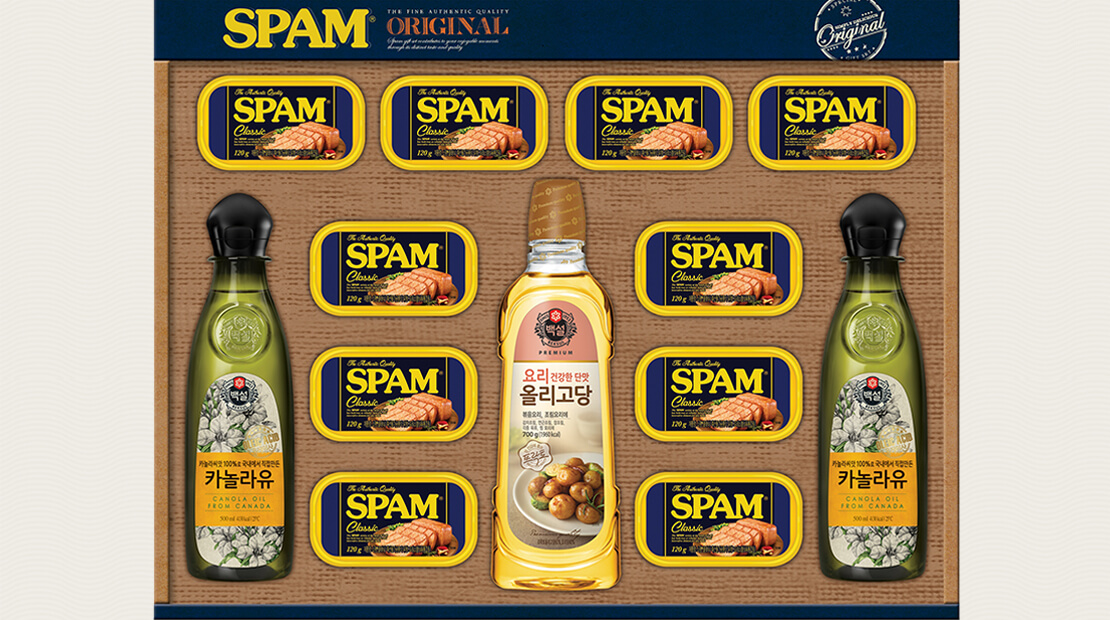Brands
In Korea, Lunar New Year Isn’t Complete Without a Can of SPAM

Stripes
Seollal, celebrated starting February 4, is one of Korea’s biggest holidays, and February 5th is the start of the lunar year in 2019. Growing up in Daegu, seollal meant visits to my grandparents’ home and lots of rice cake stew. During the holiday, which is observed over the course of three days, Koreans travel back to their hometowns to pay respects to their ancestors, wear traditional hanbok and exchange gifts with their loved ones.
You’ll know it’s time for the Lunar New Year again when the local grocery stores push the infamous can of Spam to the prime real estate at the front of the store, where it sits side-by-side with the imported wine or expensive organic mushrooms.
Though gifts include tuna, cooking oils, and local beef (Hanwoo), the best-selling gift is Spam. So much so, it’s even an incentive for company workers during the holiday and Chuseok, Korea’s harvest festival in September. The country is now the second biggest consumer of Spam after the U.S., according to Hormel Foods, despite having a population less than a sixth of the size of the U.S.
Why is Spam so popular in Korea?
The popularity of Spam in Korea is a leftover from the Korean War, when it came over with U.S. soldiers in the 1950s. By the end of the war, South Korea had plunged into crushing poverty. Meat was scarce, and for many, Spam smuggled from U.S. Army bases was the only source. Since Koreans could barely afford to eat meat during the country’s two major holidays, Spam quickly became a special treat, becoming a status symbol of wealth.
After all these years, Spam remains an integral part of the Korean food culture and is an indispensable ingredient in budae jigae, Korean for Army Stew, which is popular with the both the older and younger generations of Koreans.